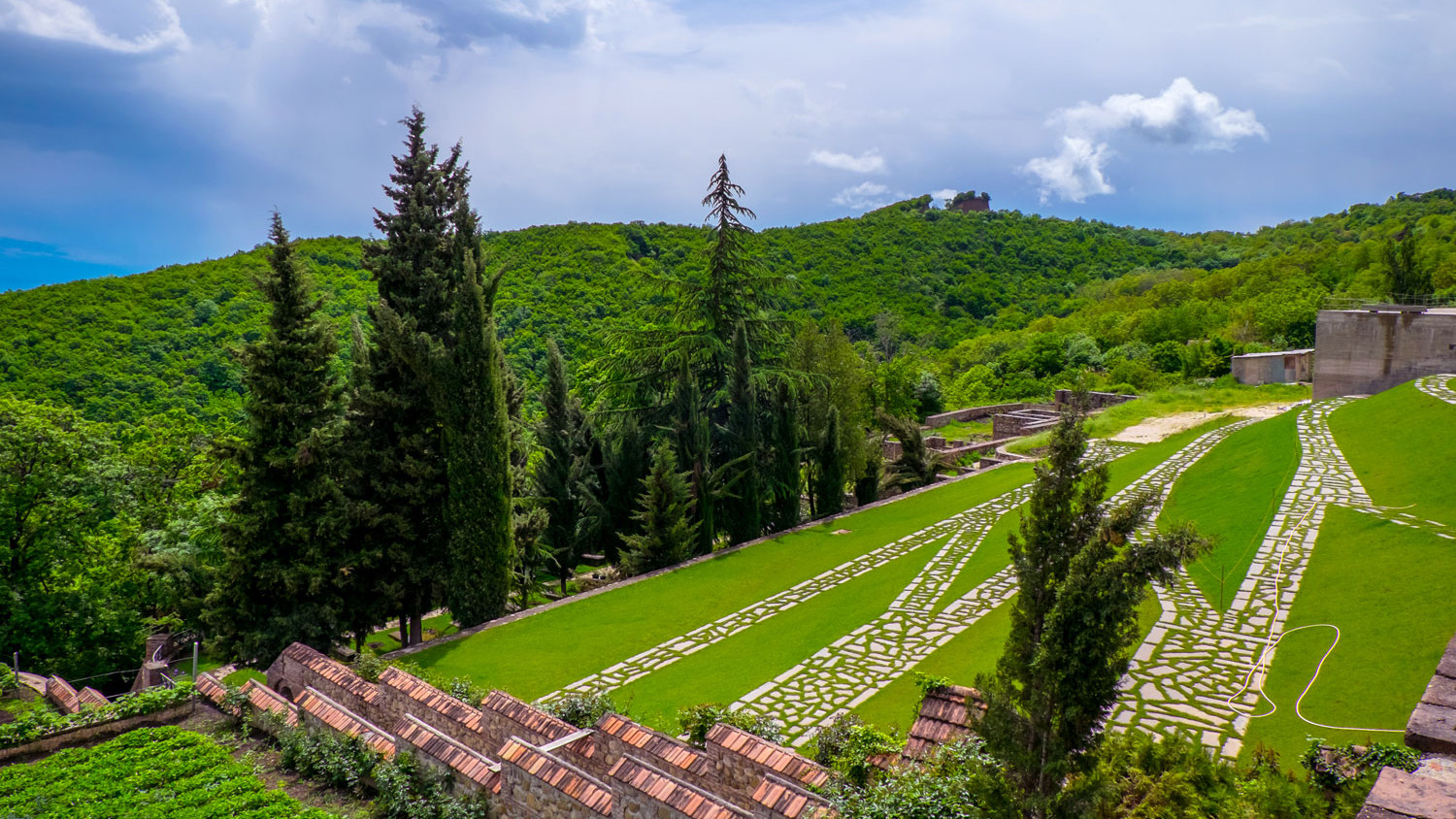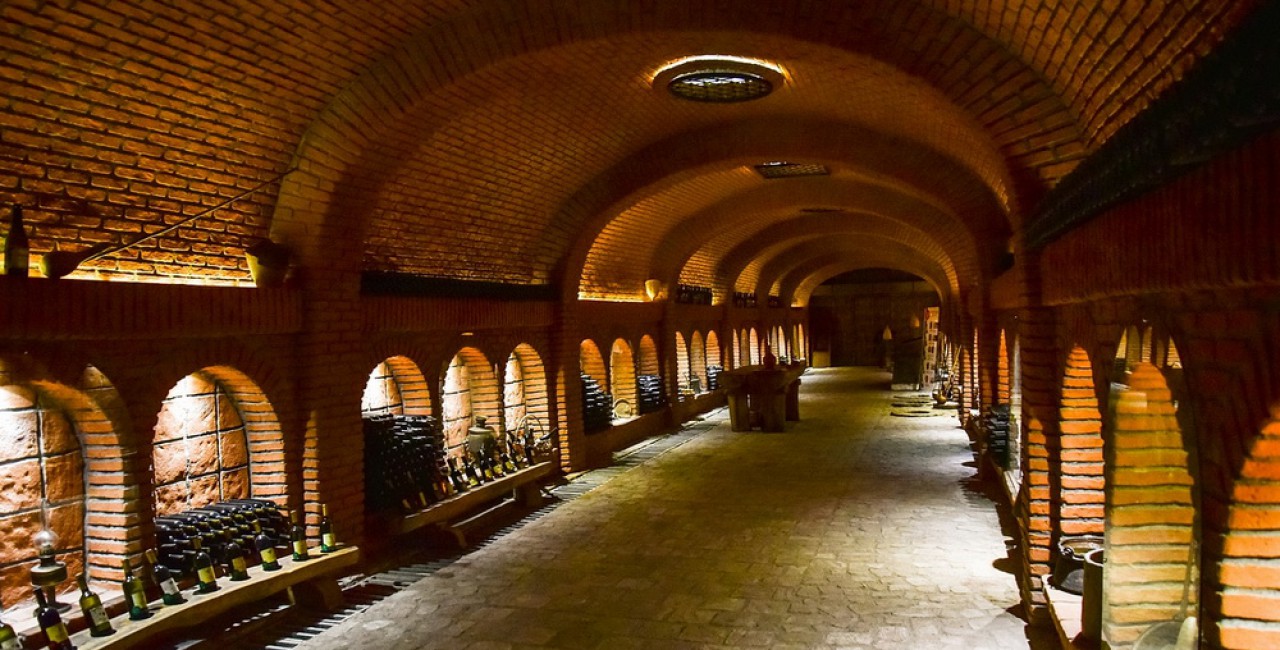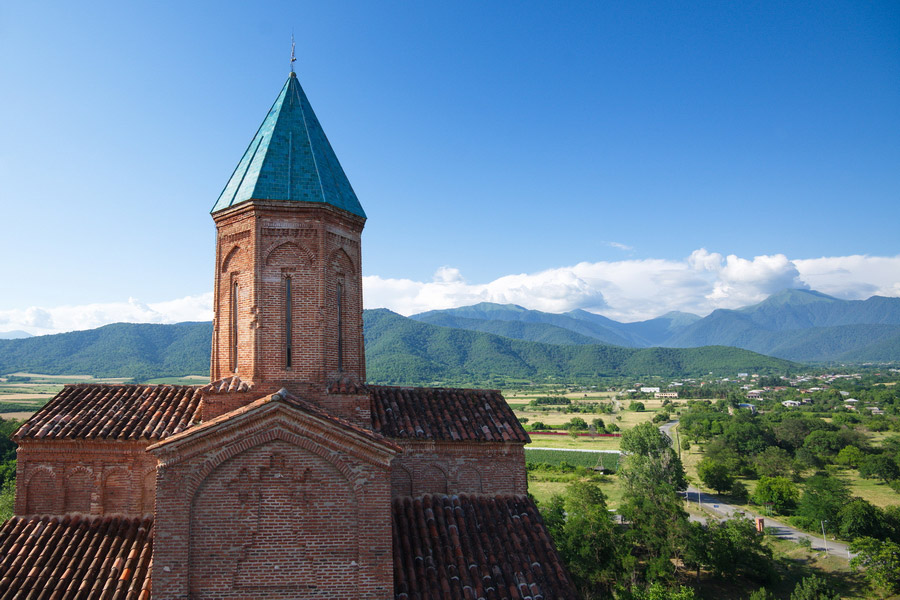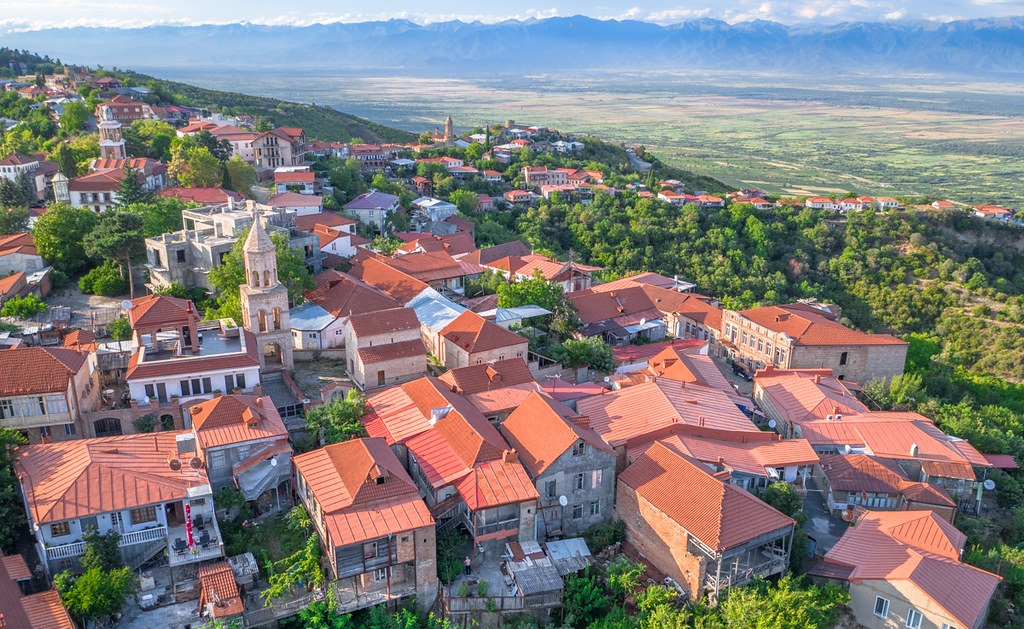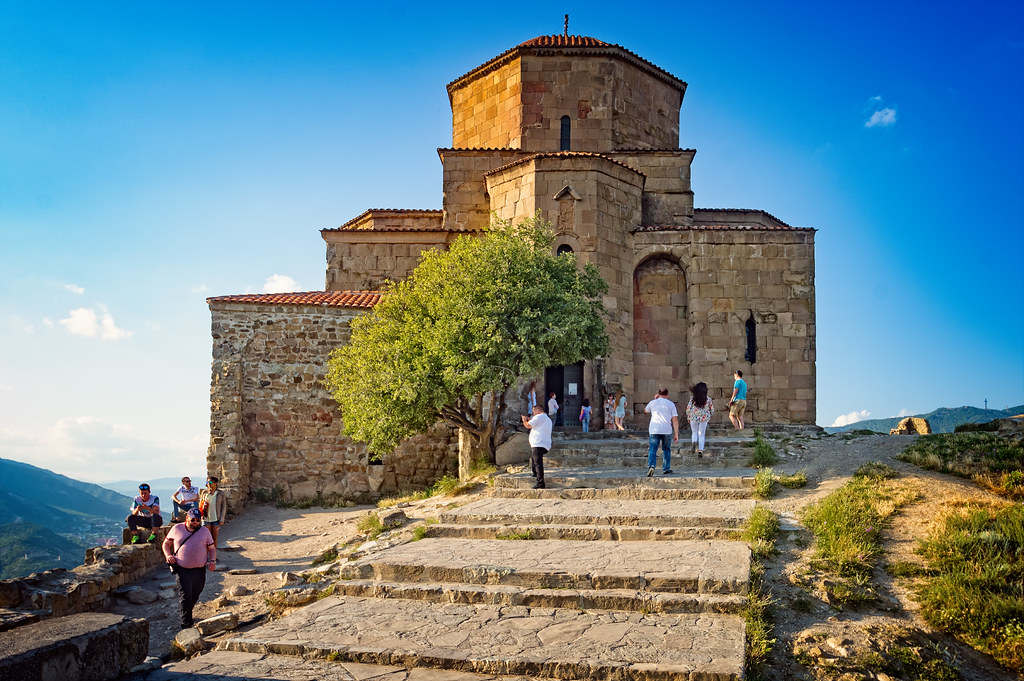Kakheti is Georgia’s biggest region by area, taking in the entire eastern part of the country. The landscape and climate varies dramatically from the high mountains of Tusheti in the north to the semi-desert landscapes of Udabno and Vashlovani in the south. In between, the Alazani river and its wide valley cut through from north to south, carving out dozens of different micro climates that in turn provide the perfect conditions for cultivating grapes. Georgia has more than 400 endemic varieties in total, many of which grow (or once grew) in fertile Kakheti. Today, this remains Georgia’s premier wine region, responsible for around 70% of the country’s harvest.Archaeological evidence dates Georgia’s wine making tradition back to the 6th millennium BC, predating the earliest wine production in France by more than 5,000 years. Wineries in Kakheti continue to live out this legacy. They vary from tiny family operations that stick to time-honored natural wine making methods all the way through to large commercial wineries that employ a mix of Qvevri and European-style techniques.
Kakheti is one of the most popular places to visit in Georgia, and for good reason. It’s not the country’s only wine region, but it is the most productive. The sheer number of medium and large-scale wineries, family Maranis (cellars) and wine-producing monasteries makes the Kakheti Wine Route the best place to sample the width and breadth of Georgia’s wine industry.
Aside from vineyards, Kakheti is known for its medieval monasteries and hilltop churches, many of which date back to the 5th or 6th century when Kakheti was its own self-governed kingdom.






